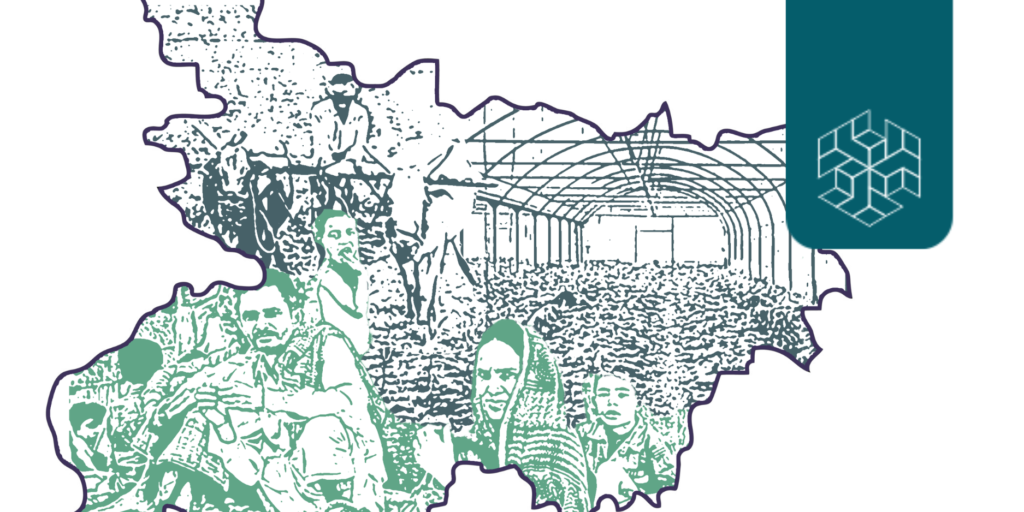Authored by: Avishi Gupta
Edited by: Riya Singh Rathore and Soumya Singhal
INTRODUCTION
Phrases like ‘remote work’ or ‘work from home’ are primarily found in conjunction with the pandemic-induced ‘new normal’. It is generally assumed that the origin of the work-from-home employment relationship lies solely in the pandemic. However, when evaluated from a gendered perspective, work from home emerges as neither a novelty nor a temporary make-shift stint to facilitate social distancing protocols. For women, the concept of home as a workstation has been a long-standing patriarchal reality.
It is generally assumed that the origin of the work-from-home employment relationship lies solely in the pandemic. The realities of employment and working conditions differ for women employed in the formal sector from those engaged in the informal sector as well as along the intersections of social categories of race, caste, and class. However, the aforementioned idea of domestic space as a site of labour is a constant for most women regardless of their employment status. Given the overarching patriarchal family structure, women are expected to undertake unpaid labour1 within the household than men. Women make up 60% of unpaid family workers and 98% of domestic workers (Mehta 2000: 27).
Traditionally, for women employed in the formal work sector , a clear distinction has existed between the remunerated work performed in a public setting and the unremunerated work in the private or household sphere. For women engaged in informal work, namely domestic work, work on family subsistence farms, care work, etc., home is often the site for both remunerated and unremunerated work.
The perception of space as something private or public alongside the nature of activities performed, whether remunerated or unremunerated, creates different employment expectations for women and men. The pandemic and the resulting containment protocols have worsened this divide. While women employed in the formal sector are witnessing a blurring of boundaries between paid and unpaid work responsibilities, those working in the informal sector are witnessing a loss of employment altogether. This article aims to explore this divide in the context of both formal and informal women workers and highlight the need for policy intervention to bridge the resulting gaps.



